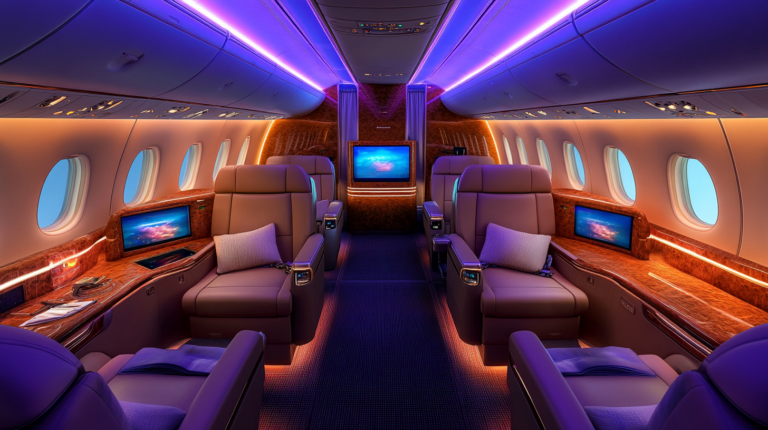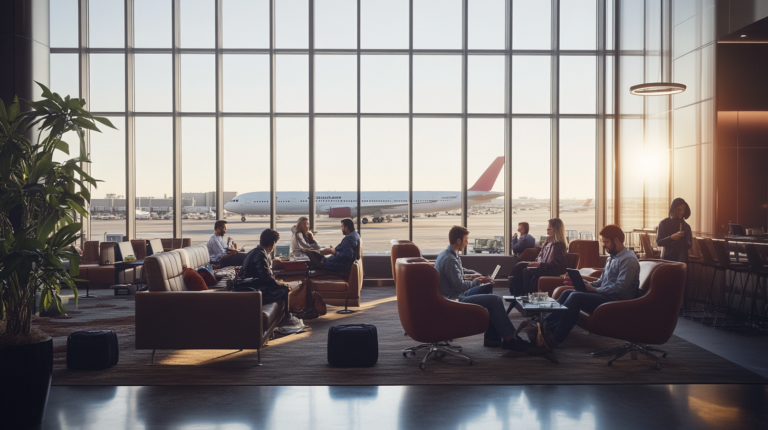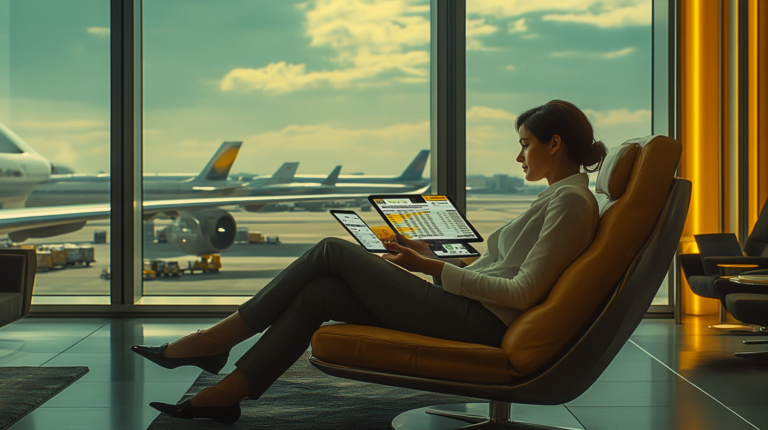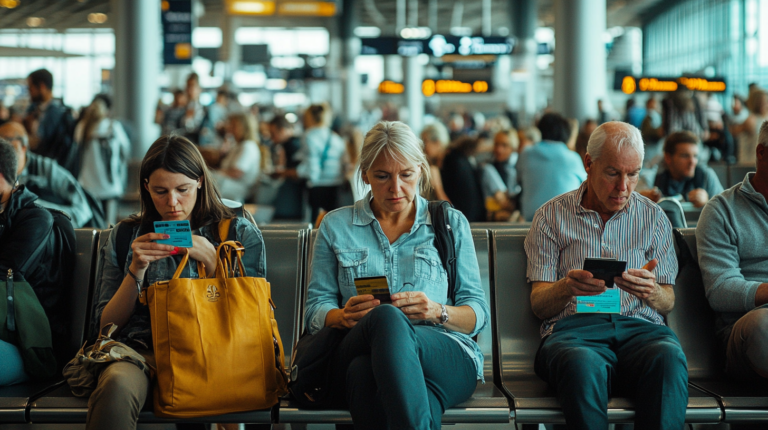Business Travel’s New Takeoff: What Frequent Flyers Need to Know
I’ve noticed firsthand how business travel is roaring back, and it feels like every trip I take reaffirms the optimism that’s driving this resurgence. Many industry forecasts predict that global business travel spending could fully rebound by 2025, surpassing even the levels we saw before the pandemic. For those of us who love maximizing airline miles and seeking out hidden travel gems, it’s clear the future holds plenty of high-flying possibilities.
Accelerating Beyond Pre-Pandemic Levels

In my own experience over the past couple of years, face-to-face meetings have made a dramatic comeback. According to the GBTA‘s 36th Business Travel Outlook Poll for 2025, nearly half of travel buyers are expecting an uptick in corporate trips, with 57% also anticipating higher spending. That’s a major boost for those of us who rely on racking up frequent flyer points or status tiers across various airline programs.
Industry data indicates that the global business travel market, valued at about USD 1,380 billion in 2023, is predicted to reach an impressive USD 2.75 trillion by 2030. Many businesses simply find in-person interactions numerous times more productive than virtual calls, and I’ve personally seen how a handshake over coffee can open doors far more effectively than a Zoom square. The return on investment for these trips is apparently enough for companies to keep fueling new travel budgets, giving frequent flyers more opportunities to take off.
While I’ve certainly embraced some new routines—like digital check-ins and video conferencing—there’s no substitute for the energy you get when people gather in the same room. A recent study suggests that close to 80% of managers feel in-person meetings strengthen both client and team relationships, giving us even more reasons to ditch the laptop screen and head to the nearest airport.
Region by Region: APAC Leading the Way
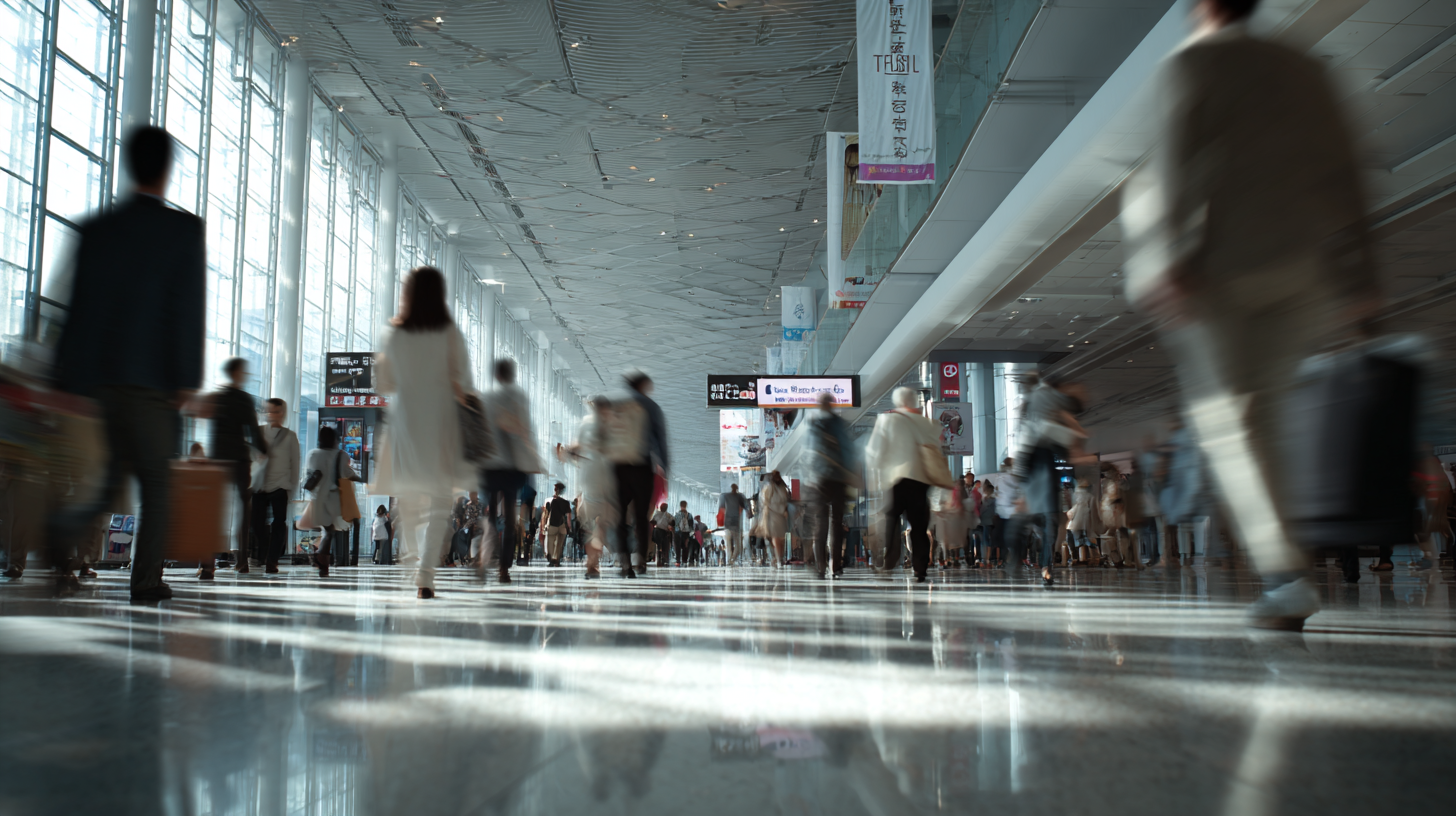
Asia Pacific is currently outpacing all other regions, commanding over 37% of the global business travel market share. From my own journeys through Singapore, Hong Kong, and Tokyo, I’ve noticed that APAC carriers—such as Singapore Airlines, Cathay Pacific, and Japan Airlines—have some of the most robust route networks, plus service levels that often exceed loyal flyers’ already high expectations. As a result, it’s an especially good time for travelers eager to leverage convenient flight schedules and top-tier lounge comforts.
Even North America, where corporate hubs like New York and San Francisco are seeing renewed bustle, continues to be a powerhouse for business travel growth. Meanwhile, in Europe, there’s a slightly more cautious approach owing to recent geopolitical uncertainties. Nevertheless, a lot of European companies have recognized that in-person connections spur better collaboration and faster negotiation outcomes. I’ve had plenty of seatmates on transatlantic flights who were still conflating cost controls with travel expansions, demonstrating just how carefully organizations are weighing each trip’s ROI.
In 2025, the playing field remains dynamic, with emerging markets in Southeast Asia showing new signs of expansion and investment. According to industry data, mid-sized companies across these regions are allocating more resources toward global conferences and sales events, a strong signal that they see real value in sending teams abroad. For anyone looking to pad their frequent flyer balances, these surging markets offer plentiful opportunities to hop around the region.
Innovation Meets the Road: AI & Virtual Cards

I’ve watched technology transform business trips from tedious obligations into more streamlined experiences. Not long ago, expense reports could feel like their own odyssey, but AI-driven itinerary planning and virtual card payments have simplified a lot of the grunt work. These days, machine learning tools can automatically flag unexpected travel costs or propose alternative flight schedules that save both time and money.
Some firms have adopted the help of finance transformation specialists—like teams led by Deloitte‘s Matt Soderberg—to integrate virtual payment solutions and reduce the friction of paper receipts. I’ve also encountered travelers who rely on advanced AI chatbots to fine-tune their itineraries, making last-minute hotel rebookings or flight changes an absolute breeze. According to a recent analysis by Skift, nearly 40% of companies worldwide plan to significantly invest in travel-focused AI within the next couple of years, suggesting that more improvements are on the horizon.
Beyond expense-tracking magic, these platforms can provide targeted recommendations—think seat selection, airline alliances, or even layover lounge suggestions—based on your travel patterns. From my angle, it’s like having a personal travel concierge who’s always a step ahead. While automated solutions may never replace the human touch entirely, they’re bringing new levels of personalization and convenience to corporate travel, and I’m happy to see the trend alive and growing.
Sustainability and Bleisure Take Center Stage

In 2025, sustainability has evolved from buzzword to baseline expectation. Many businesses are measuring their emissions output and encouraging more eco-friendly travel choices, ranging from direct flights to lower-impact accommodations. I’ve personally tried to incorporate small changes—like packing lighter or prioritizing airlines that invest in newer, more efficient aircraft. A recent industry report estimates that about 60% of global corporations now track carbon footprints with each trip, signaling a growing accountability that many of us frequent travelers appreciate.
Along with green initiatives, the concept of “bleisure”—mixing business obligations with well-deserved leisure time—has gained serious traction. I’ve heard from many younger colleagues who can’t imagine traveling to a far-flung conference without tacking on a weekend getaway. Some companies even encourage it, recognizing that a happier, recharged traveler is more productive. If I’m flying across the world for a meeting, I figure it’s only fair to explore a little, soak up local culture, and discover new cuisine—all while offsetting any footprints along the way.
Anecdotally, I’ve seen hotels offering perks specifically tailored to bleisure travelers, like extended checkout times and curated city tours. Pair that with corporate travel tools that let me easily add a leisure segment to my itinerary, and it’s clear that the notion of work-life balance has entered a refreshing new phase. If you’re anything like me, you’ll be ready to blend the best parts of business and exploration seamlessly.
The Rise of Chief Travel Officers

I’ve been hearing more talk about new senior-level roles in the corporate travel space, and it’s not just rumor. Many companies now have Chief Travel Officers to unify multiple departments’ travel policies and priorities. From my viewpoint, that’s a game-changer because these officers typically oversee everything from budgeting and ROI metrics to employee well-being and environmental standards.
This shift promises smoother journeys for frequent flyers, as centralized leadership cuts down on inconsistent guidelines and bureaucratic headaches. One minute, you’re finalizing a quarterly budget; the next, you’re analyzing safety protocols with a risk management executive like Eileen Crowley. According to a study by the Association of Corporate Travel Executives, nearly 35% of large organizations either have a Chief Travel Officer or plan to appoint one, demonstrating that alignment is now top priority.
In my own travels, I’ve felt the benefits of these roles through more unified booking platforms and clearer guidelines on loyalty program usage. Plus, these officers rarely forget about the importance of traveler well-being, which means you’ll see more ergonomic seat selections, mental health resources, and well-timed rest breaks. I expect these roles to expand even further as the business travel scene continues to evolve.
Bottom Line for Frequent Flyers

The road ahead in 2025 looks bright for those who love the hum of an aircraft and the buzz of a conference hallway. We’re riding a wave of unprecedented expansion in emerging markets, powered by a collective appetite for in-person relationship-building and technology-driven convenience. AI tools are no longer futuristic add-ons; they’re becoming essential allies for scheduling the perfect trip.
Sustainability is also central to this new era of travel, as more companies pledge to minimize their carbon footprints. Bleisure is transforming basic business trips into mini-adventures, ensuring that long journeys feel less like exhausting obligations and more like opportunities to recharge. In my personal view, the real winner in all this upward trajectory is the dedicated frequent flyer, who can benefit from richer mileage programs and a more holistic approach to modern globetrotting.
Final Thoughts

As we move further into 2025, it’s encouraging to see business travel continue to climb. Companies are rediscovering the value of in-person interactions, from sealing deals to forging meaningful connections that simply can’t be replicated on a video call. At the same time, emerging technologies are introducing new ways to make each journey more productive, more comfortable, and more aligned with environmental considerations.
For me, the shift isn’t just about racking up miles anymore—it’s about embracing a broader travel ecosystem that values authenticity, innovation, and sustainability. I look forward to seeing how these trends keep evolving, because each development often brings us a step closer to truly hassle-free, enriching trips.
Whether you’re jetting off to close a business deal or tacking on a few leisure days, it’s clear that business travel has entered an exciting new phase. As peers compare notes and experiences, the consensus is simple: we’re all ready for a new level of comfort and convenience at 33,000 feet.
Barry B.’s Take
I can’t help but be thrilled about how quickly business travel is adapting and expanding. Whenever I buckle up before takeoff, I’m reminded that the sky’s the limit for those of us who enjoy transforming every trip into a chance for personal growth, creative breakthroughs, or simply a bit of global exploration.
If there’s one thing I’ve learned, it’s that each new journey carries a spark of possibility—whether it’s making memorable connections, scoring that elusive upgrade, or finding a hidden gem in a city you never expected to visit.



